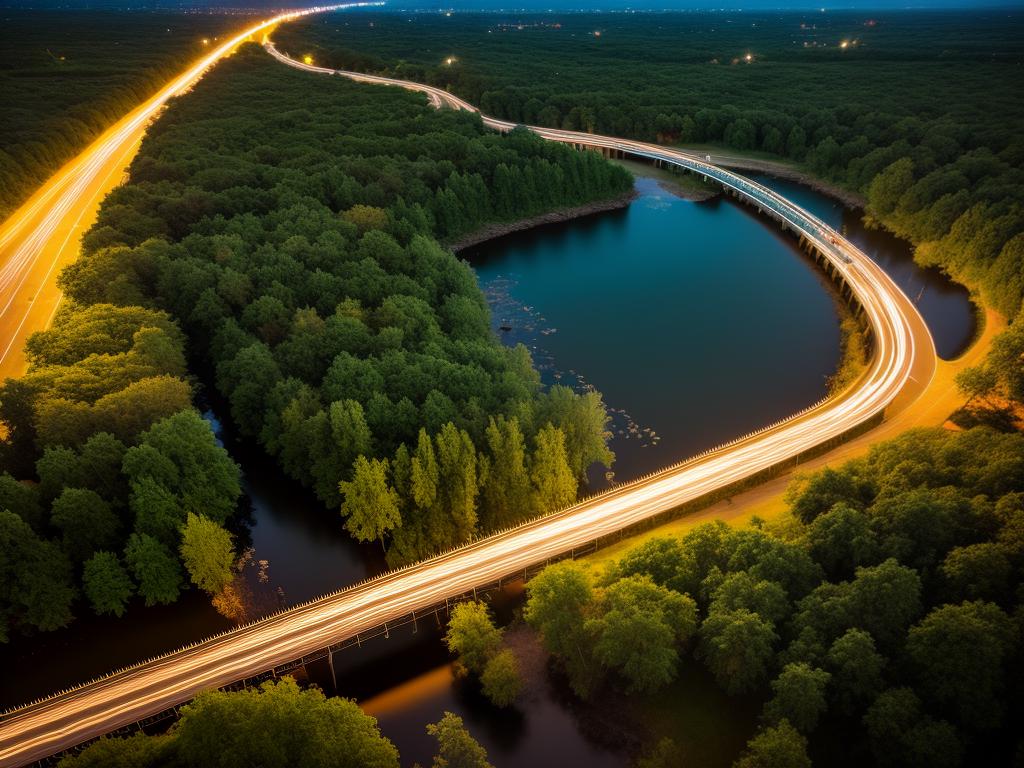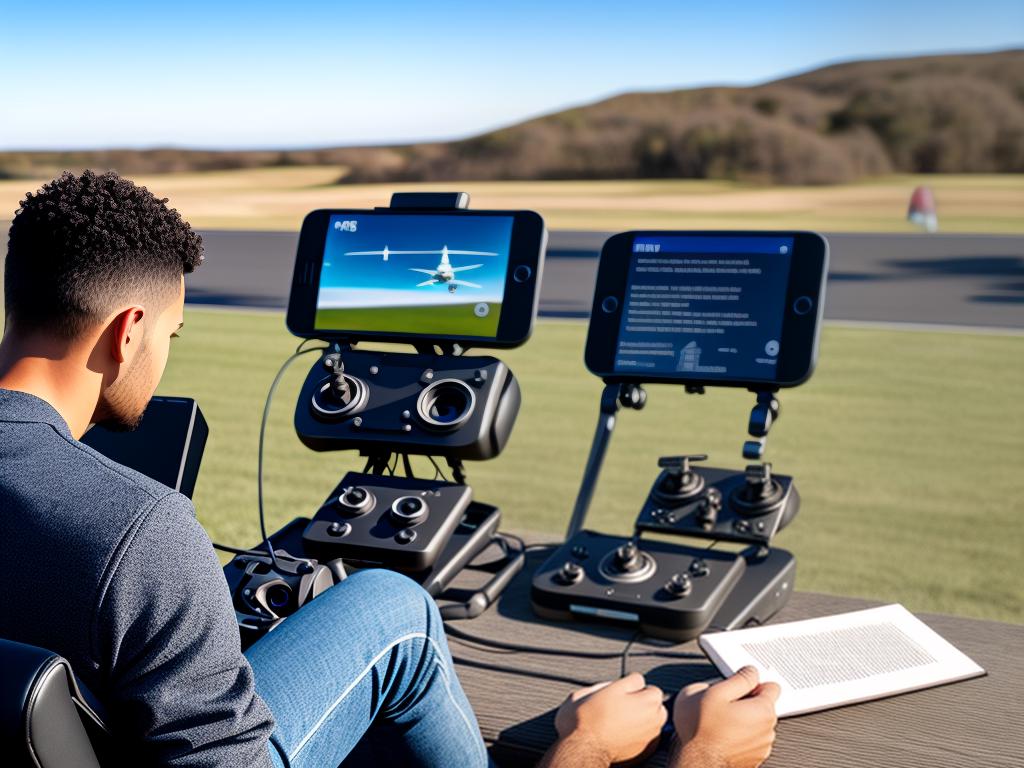The adrenaline-infused world of FPV drone racing is a fast-growing sport that marries cutting-edge technology with the thrill of high-speed competition. At the heart of this evolution in remote-controlled entertainment lies the immersive experience of First-Person View (FPV) racing. This high-octane hobby stands out for its unique fusion of virtual reality and aerial agility, giving pilots a front-row seat to the action through their drone’s eye view. As enthusiasts delve into the complexities of FPV drone racing, they uncover a fascination that goes beyond mere hobbyist enthusiasm, enveloping the pilot in a whirlwind of speed, precision, and unadulterated excitement. Whether navigating the sharp bends of a carefully designed course or competing for the gold in heart-stopping tournaments, the world of FPV racing is an electrifying arena that beckons the brave and rewards the skilled.
Understanding FPV Drone Racing
The High-Speed Excitement of FPV Drone Racing!
Ever gazed up at the sky and wished you could soar with eagles, dip and dive through the clouds, and feel the rush of the wind without leaving the ground? Well, strap in, because FPV (First-Person View) drone racing is the hobby that can rocket you into that reality! It’s a thrill-seeker’s paradise that’s exploding in popularity, and here’s why it might just be your next big obsession.
FPV drone racing is about speed, precision, and the almost magical experience of flying. It’s like stepping into the cockpit of a mini-racer that zips through courses at dizzying speeds. But there’s no need to be intimidated! This hobby has a welcoming spot for everyone, from tentative beginners to skilled pilots who leave spectators in awe.
Getting started is simpler than you’d think. You’ll need a racing drone, which are like lightning-fast birds made out of tech. They come ready-to-fly or in parts for DIY enthusiasts who revel in building their very own custom flyers. Add to that a pair of FPV goggles – your big window into the tiny cockpit. It’s how you’ll see exactly what your drone sees, in real-time, making it as immersive as it gets.
The heart of drone racing lies in the community. Local clubs and international competitions offer a space to learn, grow, and show off your flying chops. Think of it like the neighborhood basketball court but for drone enthusiasts. Veterans and newcomers gather, buzzing ’round obstacle-laden courses that would give even the slickest of video games a run for their money.
Now, controlling these zippy drones does have a learning curve. Pilots must master the controls, navigating tight turns and avoiding crashes with finesse. It’s like learning to dance, but with joysticks and at 60 miles per hour! Practice makes perfect, and crashing is just part of the journey. After all, every crash is a lesson that makes you a savvier pilot.
As with any hobby, mastering FPV drone racing doesn’t happen overnight. But the community is built on sharing knowledge, life hacks, and tech tips. There are heaps of how-tos online, making it easy to level up your skills. Plus, the adrenaline rush when you complete a flawless lap is second to none!
Got a competitive streak? Well, FPV drone racing has leagues and tournaments with cash prizes that’ll make your propellers spin. It’s not just about being the fastest; it’s about precision, strategy, and out-flying your rivals in a high-pressure ballet in the sky.
Imagine the kick of nail-bitingly close races, the collective gasp as drones soar through hoops, and the victory of crossing the finish line first. Welcome to the world of FPV drone racing: a perfect blend of technology, competition, and the pure, unfiltered joy of flight. It’s not just a hobby; it’s a passion that can lift you up and take you places you never thought possible.
Remember, the sky is not the limit; it’s the playground. Ready to join the ranks of pilots who turn the sky into a thrilling, high-speed racecourse? Fasten your seatbelts – your FPV racing adventure is about to take off!

Designing FPV Racing Courses
Crafting an Awesome FPV Racing Course: Next-Level Tracks for Thrills and Skills
So, we’re beyond pumped for FPV drone racing, right? Let’s get those propellers spinning even faster by delving into the heart-stopping action of designing a challenging FPV racing course. This isn’t just any circuit; it’s where the magic of speed, precision, and dexterity come to life!
First up, think about variety. A mix of tight technical sections, sweeping curves, and long straights creates a dynamic race that’ll test both newbie reflexes and seasoned control. Incorporating various elements like elevated gates, slaloms, and split-S obstacles spices things up, making sure pilots stay on their toes – or sticks, to be exact.
Next, elevation changes are the secret sauce of an unforgettable course. Hills, dives, and multi-level structures add that third dimension, pushing racers to the zenith of their spatial awareness. But let’s keep it fair – we want to challenge our fleet of fliers, not send them into a nosedive of frustration.
Environmental utilization – that’s fancy talk for using what you’ve got. Trees, buildings, and natural contours aren’t obstacles; they’re the building blocks of an epic course. Weaving between branches or shooting through windows, pilots muster all that precision they’ve been honing.
Safety can be edgy too. We’re all about those gasp-inducing moments, sure, but keeping spectators and pilots safe is top priority. Make sure there’s buffer space around the track and nets if necessary, because, hey, those drones can be zippy little critters.
Size matters – in the sense that you’ve got to match your course to your space. A vast area can hold a king-sized track, but for smaller spots, be smart; a technical course with tighter turns can still deliver that adrenaline injection without requiring acres of real estate.
Finally, loop in technology. Responsive timing systems let pilots and fans track performance down to the millisecond, ratcheting up the competition. And for the full FPV feast, broadcasting races through live feeds ensures nobody misses a beat – or a gate.
Crafting an FPV racing course is art and science, with a splash of daredevil dreams thrown in. Each turn, each gate, each hair-raising pass cranks up the intensity and showcases the exhilaration of drone racing. It’s about constructing a theatre where pilots choreograph an aerial ballet of buzzing rotors, where every hairpin turn and every high-speed pass is a narrative beat in a story of deft control and unbridled speed. So go ahead, carve out that course and let the races write themselves!

Building Skills and Strategies
FPV drone racing takes the exhilaration of flight and combines it with the thrill of speed and competition. But what really makes a race shine is the course itself. A great race relies heavily on a diverse and challenging course; it’s not just about flying fast, but also navigating through a maze that pushes both pilot skills and drone capabilities to their limits.
Variety is truly the spice of FPV racing; incorporating obstacles like elevated gates—not just ones at eye level—and tight slaloms can turn a bland, straightforward sprint into a nail-biting spectacle. Imagine whipping through a slalom tight enough to demand precision and control, then immediately shooting upward to an elevated gate that tests throttle management and vertical orientation. These challenges foster the growth of a pilot’s skill set and keep the adrenaline pumping for both racers and spectators.
That brings us to another heart-racer: elevation changes. It’s one thing to zip through a flat circuit, but when the course calls for rapid ascents and descents, it’s more than just a test of speed—it’s about spatial awareness and the agility to transition between different altitudes without losing momentum. This type of flying is a true test of a pilot’s situational awareness and control over their drone.
Now, what about the surroundings? It’s not all about man-made obstacles. Nature can provide some of the best features for a course. Trees can serve as natural slaloms; buildings add a complex, three-dimensional dynamic to the race. The most ingenious course designs weave in these environmental elements, forcing pilots to use every bit of their flight knowledge to navigate effectively.
Despite the thrill, one must never sidestep safety. Courses need to ensure measures are in place to keep everyone safe—spectators and pilots alike. Protective netting, safe spectator zones, and clear markings are all essential. It’s about pushing the edge without crossing over into danger.
When designing the track, take stock of the space you’ve got. Sometimes there’s an abundance, other times, it’s at a premium. Adapting the pattern and scale of the course to fit the space available ensures that every race is as engaging as possible without losing that competitive spark due to size constraints.
Lastly, technology has elevated the FPV drone racing experience. Timing systems that are responsive and accurate to the millisecond can mean the difference in tight races. Moreover, live feeds that bring the audience into the cockpit of the racers create an immersive experience for those cheering on their favorite pilots. These advancements not only enhance the experience for those watching but also add another layer of professionalism and excitement to the sport.
When all these parts come together, the racing courses not only challenge the pilots but also capture the imaginations of those involved. They transform the race from a mere contest of speed into an aerial dance that’s as strategic as it is stunning. Whether you’re a spectator, a pilot, or a course designer, understanding these elements can seriously up the game in FPV drone racing.
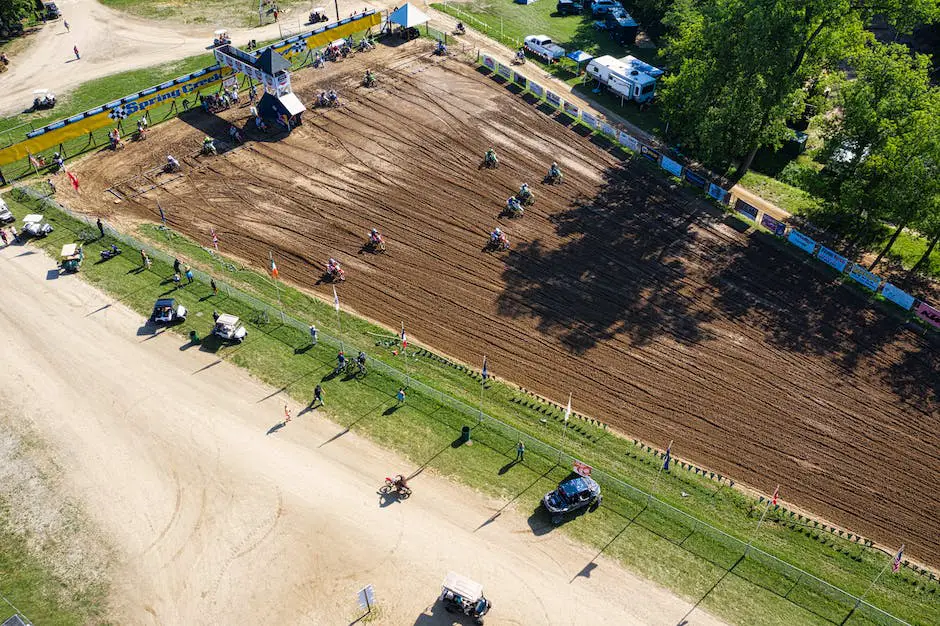
FPV Race Events and Competitions
Stepping onto the Field: Showcasing Your FPV Drone Racing Skills
Ready to put your FPV (First-Person View) drone racing expertise to the test? Showcasing skills is more than just handling a drone; it’s about engaging with every facet of the race, from the design of the course to the technology that amplifies the experience.
Think variety is the spice of life? It’s definitely the spice of drone racing. A track should be a symphony of turns, twists, and challenges that push pilots to the limit. Elevated gates transform a flat race into a three-dimensional ballet, demanding precision and grace from racers. Slaloms force quick turns while split-S obstacles conjure bold maneuvers.
What’s a race without a little vertical fun? Elevation changes make a course pop. A climb or a sudden drop tests a racer’s spatial awareness, thrust control, and quick reflexes. But it’s not just about going up and down; it’s about mastering the sky’s highway with the finesse of a top pilot.
The natural world provides the most thrilling stage for FPV racing. Trees can become organic pylons; buildings set the stage for an urban slalom. Each course reflects the unique environment it occupies, making every race a novel encounter with the world.
Safety is paramount. Measures to keep both pilots and spectators safe are crucial. This includes netting, designated flying zones, and distances between the crowd and the drones. After all, fun is only fun if everyone walks away ready to race another day.
The size of the track must mesh with the space available. A large park presents a different canvas than a compact indoor arena. Smart course design ensures every inch is used to craft a memorable experience.
Racing tech brings every thrill to life. From the tight accuracy of timing systems to the innovation of live feeds that stream the action to viewers worldwide, technology is the backbone of an enhanced FPV racing spectacle.
All these elements – the obstacles, the nature of the course, the safety protocols, space considerations, and the tech – merge to create not just a race, but an experience. It’s a place to witness mastery of flight, strategic maneuvering, and the raw ambition of pilots intent on crossing the finish line first. It’s FPV drone racing at its finest.
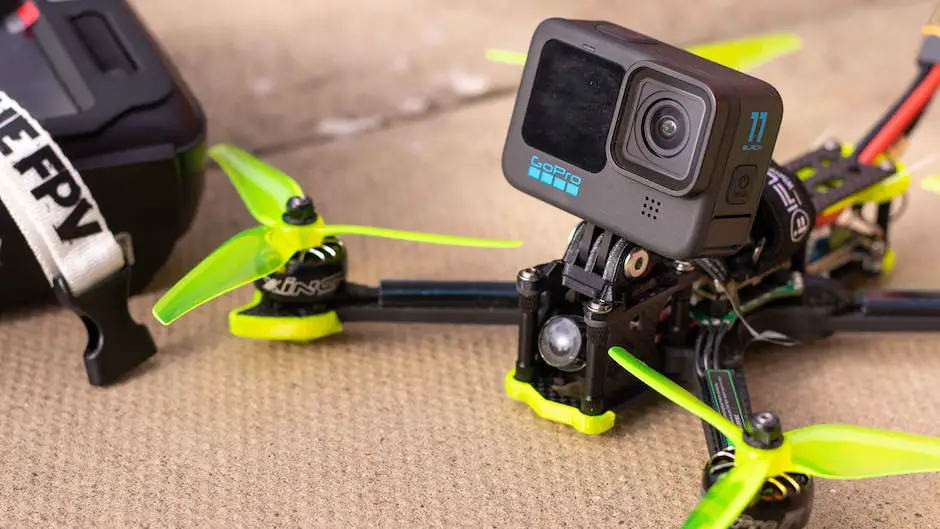
The Future of FPV Drone Racing
Shaping the Skies: Technological Advancements in FPV Drone Racing
Fasten your propellers, folks, because the world of FPV (First Person View) drone racing is darting through technological advancements quicker than a racing drone swooping through an obstacle gate. As the hobby skyrockets in popularity, tech advancements are not just a bonus—they’re essential to keep everyone at the edge of their pilot seats.
Picture this: drones are now lighter, speedier, and more agile than ever. Thanks to materials like carbon fiber for drone frames, these flying speedsters are enduring crashes while racing through courses designed with the precision of a video game. The leaps in battery technology also mean more airtime and less pit time, keeping the adrenaline-charged races going longer.
But wait—there’s more! Let’s talk about eye-in-the-sky, because FPV goggles have gone high-def. Yep, the latest goggles pack brighter displays and crisper visuals, so pilots can see every blade of grass on the course—which is super useful when you’re zipping around at breakneck speeds!
The real game-changer, though, is artificial intelligence. We’re entering an era where drones, equipped with AI, can learn racing tracks and diagnose their flight patterns. Imagine getting real-time tips on how to shave seconds off your lap time, mid-flight!
Let’s not forget the fans cheering from the sidelines. Advances in live streaming capabilities mean viewers can tune in from anywhere and feel like they’re in the cockpit. Plus, responsive timing systems are making sure every nanosecond counts and is counted accurately. This stuff is crucial when races are won or lost by the blink of an eye.
Finally, with drones getting smarter, safety is ramping up too. Collision avoidance systems are in the works so protective nets might become a thing of the past. Imagine drones automatically dodging each other, making mid-air collisions rare.
From backyard fun to the World Drone Racing Championships, every aspect of FPV drone racing is energized by these tech trends. It’s an exciting time to be part of this electrifying hobby—whether you’re a DIY builder, a competitive pilot, or a spectator. So, strap on your goggles, because the future of FPV drone racing is not just ahead—it’s happening right now.
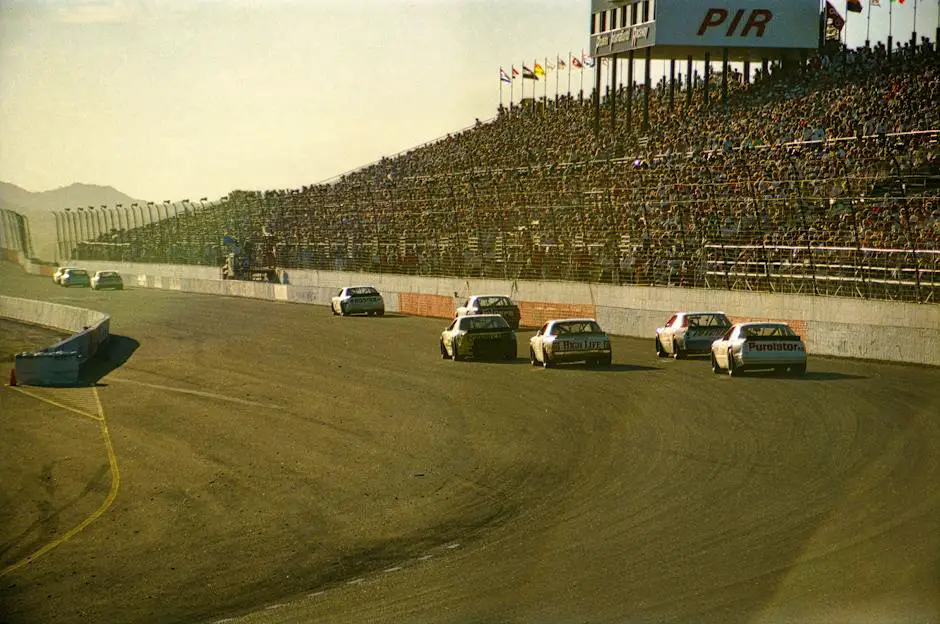
From the spark of interest to the roar of drones whizzing by, FPV drone racing offers an avian adventure unlike any other, carving a path for futuristic sportsmanship. As the landscape of this sport continues to unfold, the horizon gleams with possibilities, shaped by advances in drone technology and the growing community of passionate pilots. The pursuit of mastery in FPV racing is a journey through a rapidly changing world, where each twist and turn promises new challenges and exhilarating triumphs. The sky is not the limit; it is the playground for the next generation of racing enthusiasts, where only time will tell how high and how fast future competitors will soar.
Originally posted 2024-01-19 01:12:19.


